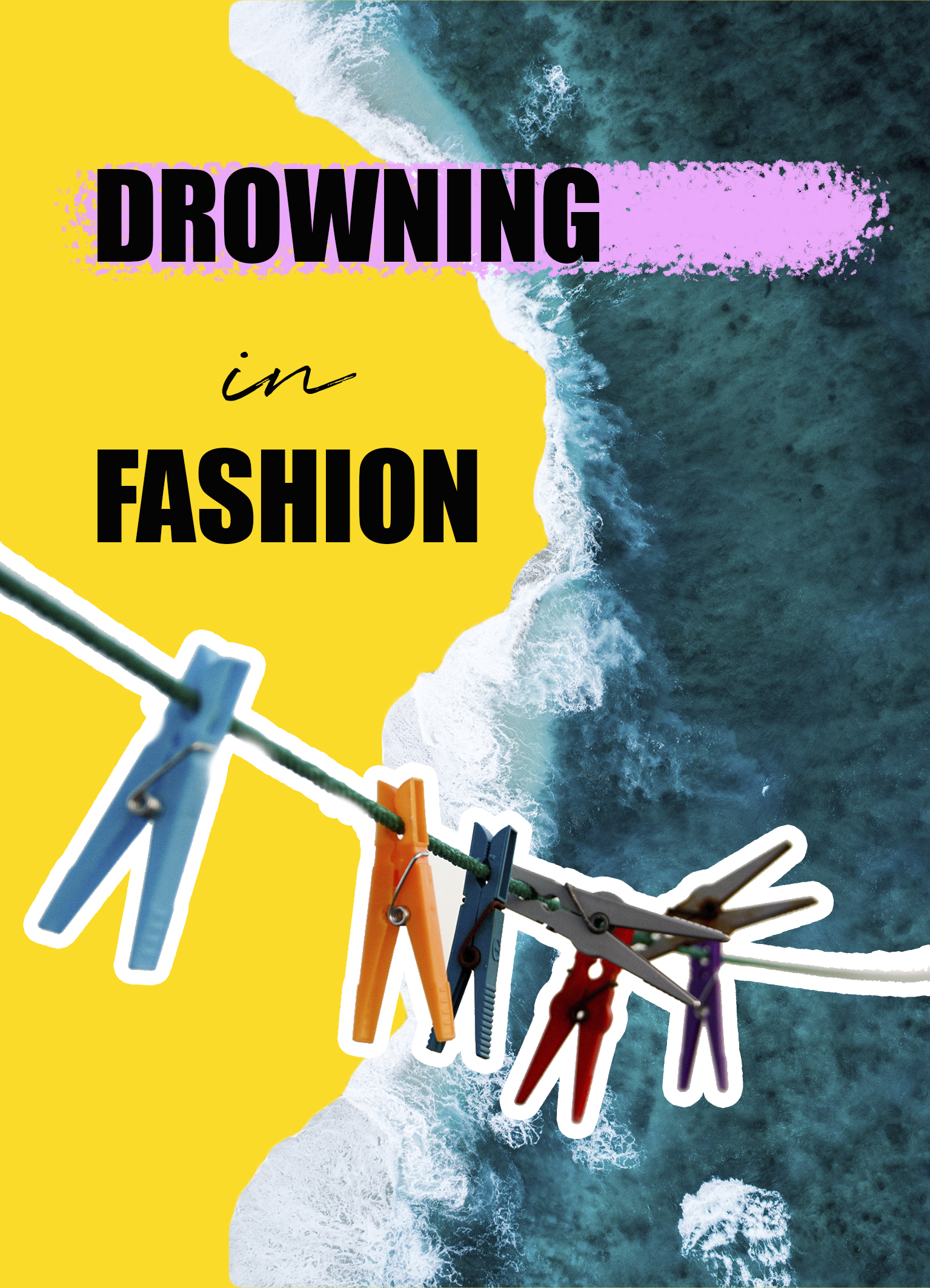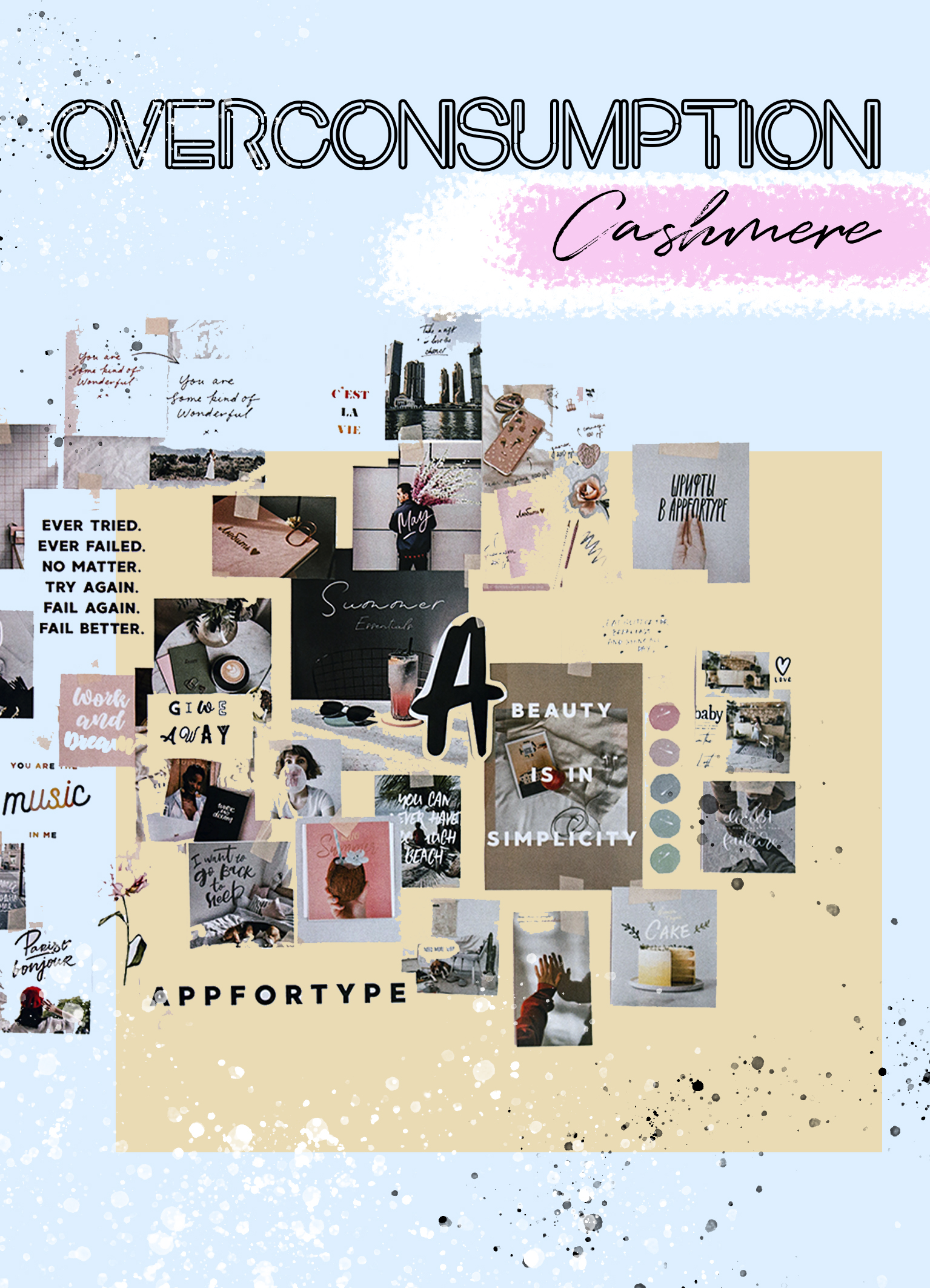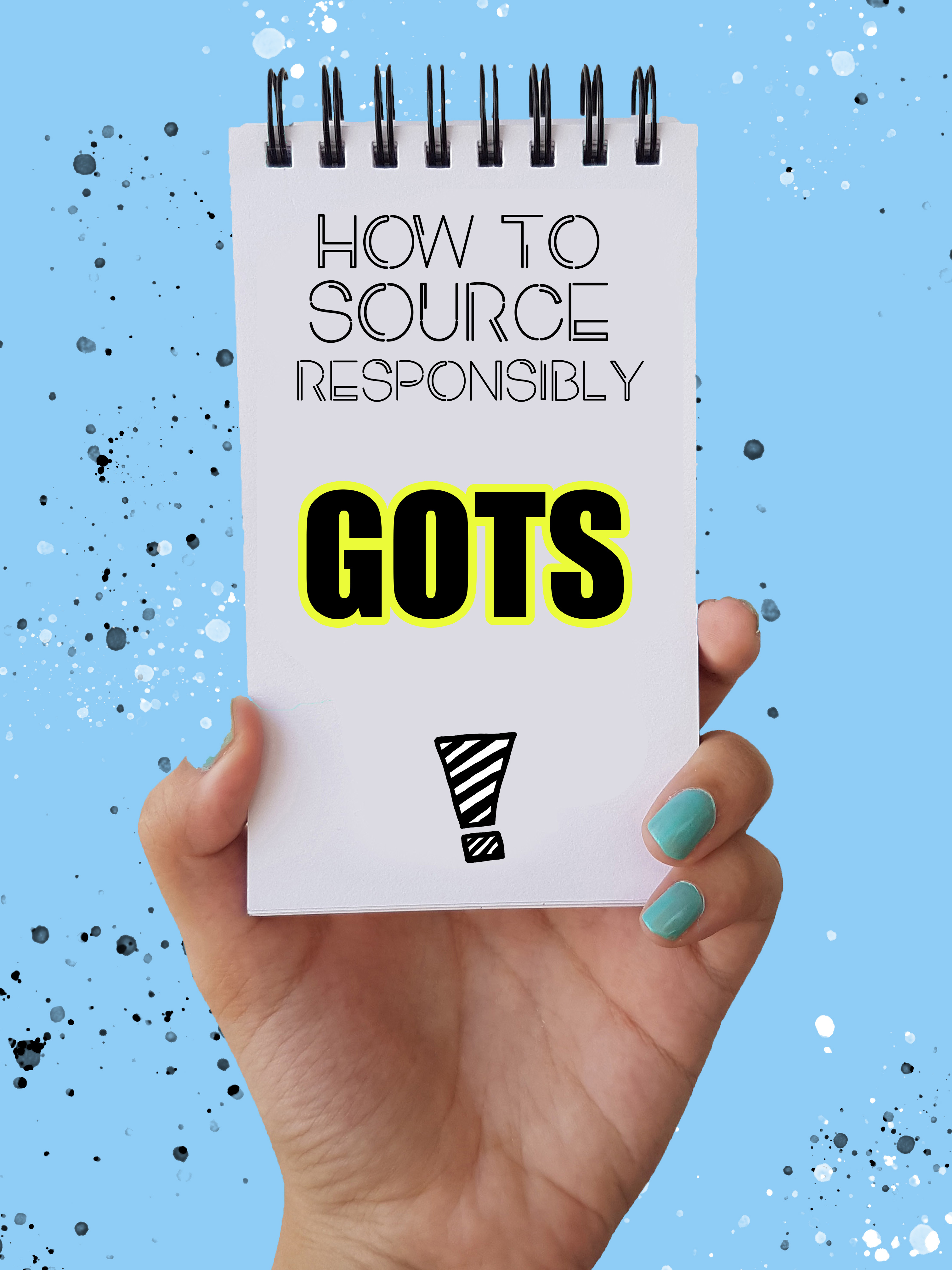
The most common fact about the fashion industry is probably that it is the second-most polluting one in the world. But did you know that pollution is not only present throughout the whole manufacturing process of fashion products, but also continues every time an item is washed? Some pretty scary stuff really.
Pre-Production: Cotton Pesticides
Cotton is one of the most commonly-used materials in apparel manufacturing, and some of the most prominent environmental impacts from cotton farming result from: the use of hazardous agrochemicals (especially pesticides), the shockingly high consumption of water, and the conversion of habitat for agricultural purposes.
Traditional methods of cotton production involve the application of substantial fertilizers and pesticides to prevent failed-crops. However, runoff of these hazardous chemicals threatens the quality of soil and contaminates rivers, lakes, wetlands, and underground aquifers. As a result, this pollutes our waters and jeopardises the biodiversity in and downstream from cotton farms, directly by immediate toxicity or indirectly through long-term accumulation. In addition, hefty use of pesticides raises health concerns for farm workers and neighbouring populations. Cotton cultivation also severely degrades soil quality. Most cotton is grown on well-established fields, but when these fields are eroded and exhausted, farms expand into new areas that destruct existing habitats. Cotton growing has severely impacted major ecosystems, such as the Aral Sea in Central Asia, the Indus Delta in Pakistan and the Murray Darling River in Australia. In Uzbekistan, groundwater at depths up to 150 meters is often adulterated with pesticides. Also, the rainwater in a Brazilian cotton region contained 19 different pesticides, 12 of which were used in cotton production. Just think about all the organisms living in the soil or underwater that get harmed.
What Can We Do About It?
With the support from IKEA, WWF developed the Better Cotton Initiative. This standard aims to reduce damage to freshwater systems, and encourage the use of advanced irrigation technology and ecological farming methods. Farmers that adopt this standard commit to best management practices, hoping to grow healthier cotton with less hazardous chemicals.
Meanwhile, you can buy products made of GOTS-certified organic cotton, or other eco-friendly products and sustainable materials that do not pollute the environment and water!
Production: Textile Dyes
Spring is officially here, meaning an affinity for florals, prints and colour. Although these designs may be similar year in year out, the dyes used to produce them are leading a different charge. Seasonal trends aside, dye pollution is a year-round epidemic and the second largest polluter of clean water after agriculture.
There are an estimation of 8000 synthetic chemicals used to bleach, treat, and brighten our clothes. According to Greenpeace, the most commonly used additives in dyeing and finishing processes are dangerous to human health, as well as marine life and the environment. How so? Textile mills release dyes and chemicals (often illegally) into nearby freshwater sources. The water from the rivers, when ingested, make local populations sick. Undoubtedly, the marine life living in these rivers are also negatively affected. As stated by the World Bank, approximately 90% of the local groundwater in China is polluted with 72 toxic chemicals from textile dyeing.
What Can We Do About It?
The Detox campaign by Greenpeace pressures fashion brands to take action and remove toxic chemicals from their supply chains. Many of these chemicals are outright banned or strictly regulated because they are hazardous, bio-accumulative, disruptive to hormones and carcinogenic, for both humans and aquatic animals.
The newest innovation, and a possible solution to this problem, is waterless dyeing – but widespread adoption is still to be expected. Companies are introducing alternative ways to dye fabrics that can help conserve biodiversity and also alleviate water waste. AirDye is a company that uses air to transfer dye onto synthetic fabrics, ColorZen modifies the molecular structure of cotton, allowing dye to settle into the fabric without the need for toxic fixing agents or massive water discharge.
Another innovator to look out for is DyeCoo, a company that developed the process of pressurising and heating carbon dioxide to a point that allows dyes to more easily dissolve and deeply penetrate fibres without the use of water or bonding chemicals. 95% of the CO2 can be recycled and reused – an impressive and eco-friendly approach to save water, chemicals, and sea-animals. The company has been working with Nike, Ikea, and Adidas since 2013.
For consumers, buying second-hand clothing, choosing sustainable brands, and even just spreading awareness goes a long way. There will always be a new bright colour popular during the warmer months, but if we continue to ignore what dyes do to our water supply and biodiversity, the outcome for our planet won’t be bright at all.
Post-Production: Micro-Fibres
In efforts to find alternatives for animal-derived products, most of our clothes are now made with polyester, nylon, acrylic, and other synthetic fibres – all of which are forms of plastic. Not only are these synthetic plastic fibres said to be more ethical for animal-welfare, they are also cheap and versatile. But many of us are not aware that just by washing our clothes, we can pollute the oceans.
When these synthetic fibre garments are washed in domestic washing machines, they shed microfibres that are tiny enough to pass through wastewater treatment plants into our waterways, contributing to ocean pollution in a subtle but pervasive way. It should also be underlined that synthetic textiles are more common in developing nations as they are cheaper in price, that often do not have efficient facilities to filter them out. As these materials do not biodegrade at a quick enough rate, they have the potential to bioaccumulate within the water, representing a serious threat to fish and marine wildlife. Microfibres can find their ways into the diets of small creatures, which then make their way up the food chain to humans.
What Can We Do About It?
While there has been raising awareness regarding this issue, the overall apparel industry has been reluctant to acknowledge the problem, let alone tackle it. There has been limited evidence as to how much micro-fibres are produced in the wash, what type of materials causes the most micro-fibres, and the best solutions to solve this issue. Nonetheless, there have been some attempts by companies to resolve this problem from the sewing machine all the way to the washing machine.
On the production side, most solutions are still being researched, as clothing manufacturers want to have concrete answers and data before investing into mitigating the problem. WWF and Textile Mission, a union of outdoor brands including Vaude, Adidas and Polartec, are also on a quest to develop fabrics that would shed less and technologies that would trap more microfibres in waste water. Other companies like Mango Materials are developing fabrics from biodegradable plastics such as methane waste.
However, experts warn that companies trying to develop solutions should be careful not to cause new problems. For example, creating a chemical coating to prevent microfibre shedding could cause more problems than it solves, if those chemicals are also harmful to the environment and human health.
Other possible options include redesigning washing machines to better filter for microfibres, or create waterless washing machines. With funding from Patagonia, Tersus Solutions has developed a completely waterless washing machine that washes clothes in pressurized carbon dioxide.
While big companies drag their feet to work out scalable solutions, there are things that you can do! For instance, choose natural fabrics as much as possible and wash synthetic clothes as rarely as possible. Another way to be mindful is to purchase innovative products that catch microfibres without needing to remodel your washing machine. The Guppyfriend is a washing bag for synthetic clothing that will collect the microfibres for proper disposal. The Cora Ball is a plastic ball you can throw in the wash that collects microfibres before they go down the sewage.
But moving towards a more circular model of textile production which recycles and reuses materials is the best of all for two reasons. Firstly, it reduces the pressure on new and scarce resources. Secondly, it tackles the budding problem of waste management. For example, Patagonia was the first outdoor clothing brand to make polyester fleeces out of plastic bottles. Since 2018, the company offers only two fabric options for its T-shirt, either 100% organic cotton or a blend of recycled cotton and recycled polyester. From shifting towards renewable and nontoxic ingredients, to reusing and recycling clothing, the apparel industry still has a long way to go.




No Comments